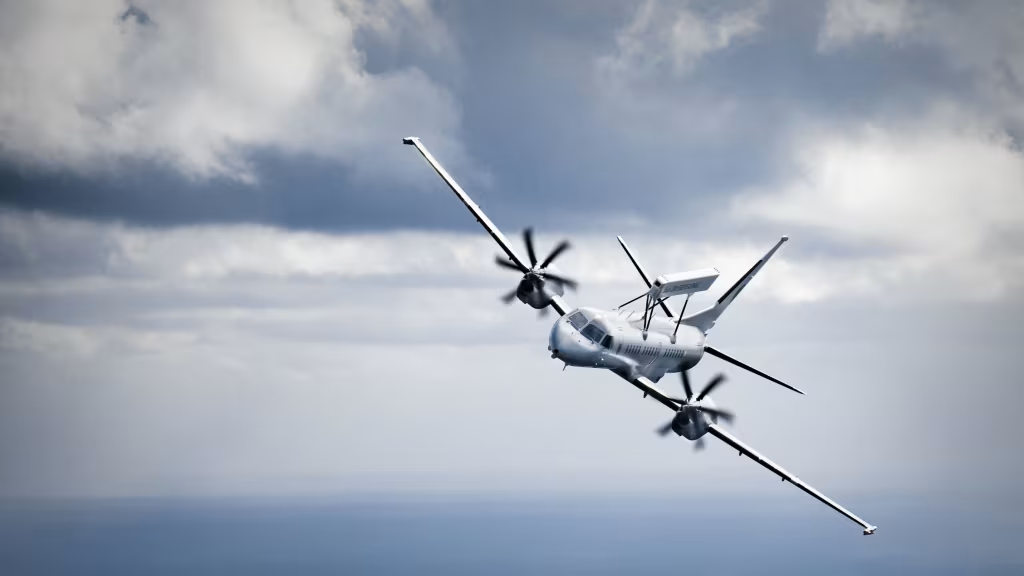
(Photo: SAAB).
In Jakarta, decision-makers are gradually convincing themselves to buy Chinese J-10 fighters, viewing the possible order as a step in defense modernization. But it would be a misstep. The J-10, while a capable aircraft, is not the silver bullet Indonesia needs for national security.
Indonesia more urgently needs air-surveillance aircraft. These systems, which provide unparalleled situational awareness and coordination, are the true game-changers in the battlefield. J-10s alone cannot be.
The J-10, a generation-4.5 fighter, does indeed offer Indonesia an attractive blend of advanced technology and affordability. Equipped with a modern radar and PL-15 long-range missiles, it is a formidable design. Its reported success in an aerial fight between India and Pakistan in May suggests high effectiveness.
But consider that air engagement over Kashmir a little more deeply. Pakistan almost certainly used not only J-10s but also air-surveillance aircraft—Shaanxi ZDK-03s from China, Saab 2000 Erieyes from Sweden, or aircraft of both types. Pakistan’s air commanders appear to have had a good understanding of the positions of Indian aircraft and were able to guide their own pilots to respond appropriately.
The Erieye radar can detect fighter-sized targets at distances of 350 kilometres. It has a strong ability to overcome enemy jamming.
This is the best explanation for the tactical edge that Pakistani forces gained in the Kashmir battle, downing, according to Pakistan, three Rafale fighters, one Mirage 2000, one Su-30MKI, and one MiG-29.
Chinese observers noted that Pakistan’s seamless integration of systems created a force multiplier effect, contrasting sharply with India.
Indonesia can do more by enhancing its fighter force with the surveillance and command capabilities of such aircraft than by simply adding new advanced fighters. Options include the Boeing E-7 Wedgetail and Saab GlobalEye.
Fighters are inefficient without the support of air-surveillance aircraft (also called airborne early warning aircraft and airborne warning and control systems). Without them, fighters can be underused or misdirected.
Air-surveillance aircraft, though primarily designed for watching air targets, can also help in the maritime domain. Their air and sea surveillance capacity would be unusually valuable for Indonesia, which is greatly challenged in monitoring the air above and seas within and around its archipelago. Their use could extend to picking up movements by pirates and even terrorists.
Because they improve the efficiency of fighters, air-surveillance aircraft are a cheaper way of improving an air force’s combat capability than adding more fighters.
The Indonesian air force has, in fact, consistently called forthe acquisition of air-surveillance aircraft since the 1980s. But other priorities have repeatedly pushed their way ahead in the acquisition queue.
Jakarta should begin carefully selecting a supplier that is willing to collaborate with local companies, such as PT Dirgantara Indonesia and PT Len Industri, since they must be involved in integrating air-surveillance aircraft with Indonesia’s ground command and sensor systems and with other aircraft.*
Karl Gading Sayudha is an analyst at the public affairs and strategic communication firm, Kiroyan Partners. The views expressed are personal.
Source: The Strategist, June 20, 2025.
Download the clipping here.



